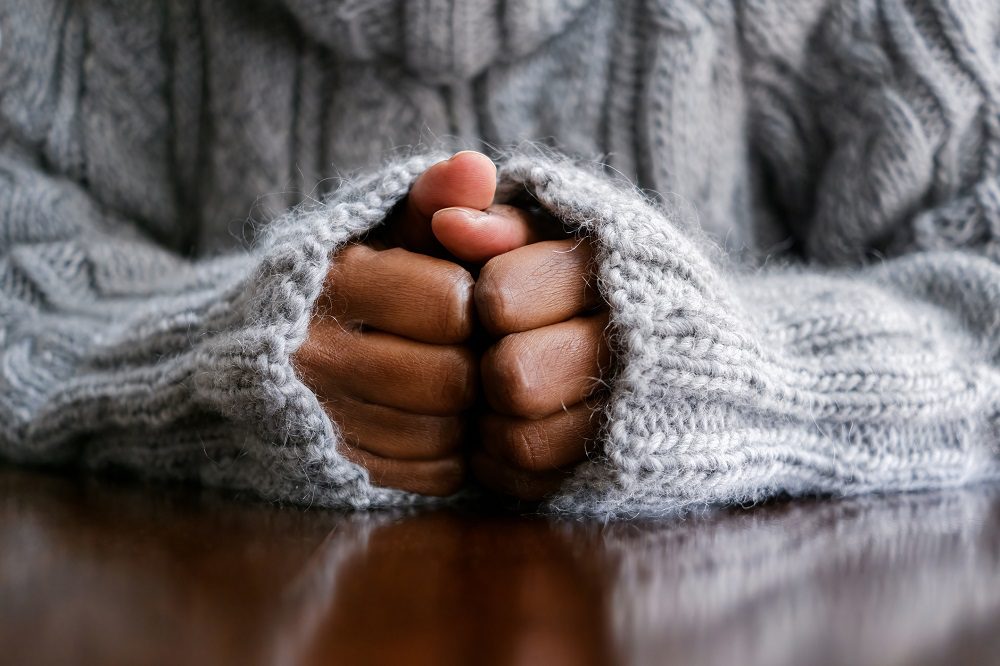Anxiety disorders affect nearly one in five American adults and one in 10 kids every year—yet they often go undetected. In fact, according to one study, it can take 23 years for some people to get a diagnosis and proper treatment. Stats such as these prompted the United States Preventive Services Task Force (USPSTF) to consider the merits of routine anxiety screening for much of the population. In October 2022, it published its final recommendation that all children ages eight through 18 should be screened by their primary care clinician for anxiety disorder…and suggested in a separate recommendation that adults ages 64 and younger who have not been diagnosed with a mental health disorder and are not showing signs or symptoms of anxiety also should be screened.
Signs of an anxiety disorder: Generalized anxiety disorder can include intense worry about the future and constant fear that something awful will happen…nervousness, anxiety or being on edge for no particular reason. Panic disorder can include sudden, unexpected and intense fear along with physical symptoms, such as a pounding or racing heart or feeling dizzy, shaky or sweaty. Social anxiety disorder signs include feeling extremely self-conscious and fearful of being judged negatively and refusing to take part in social activities.
How screenings will be done: Similar to the way primary care clinicians began screening for depression in all adults at wellness visits after the USPSTF 2016 recommendation, clinicians will use a short questionnaire to identify anxiety. Screening for both depression and anxiety makes sense because the two conditions often overlap—67% of people with depression also have an anxiety disorder, and 75% had anxiety at some point in their life. About 8% of adults and 17% of adolescents had one episode of depression in the past year.
A positive screen will prompt a more thorough assessment with a structured clinical interview to determine a diagnosis. The goal is to identify early on people who may not realize they’re struggling with anxiety and get them evidence-based treatment, such as cognitive behavioral therapy (CBT).


